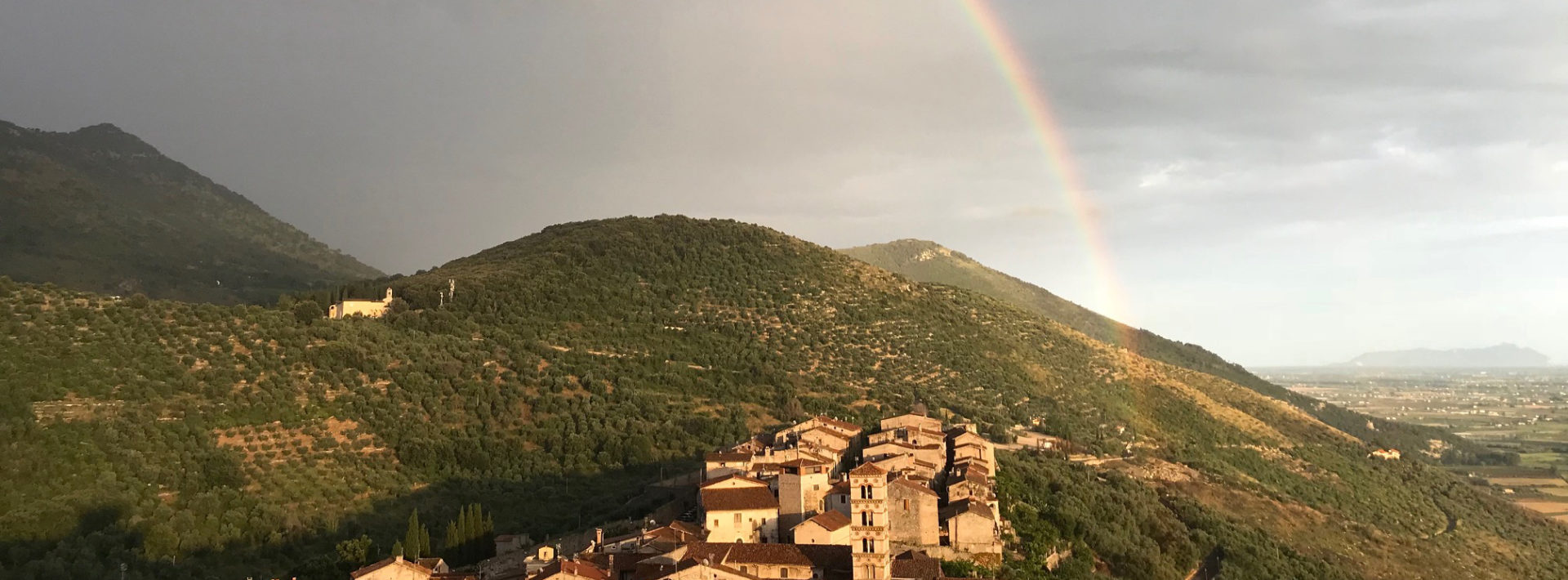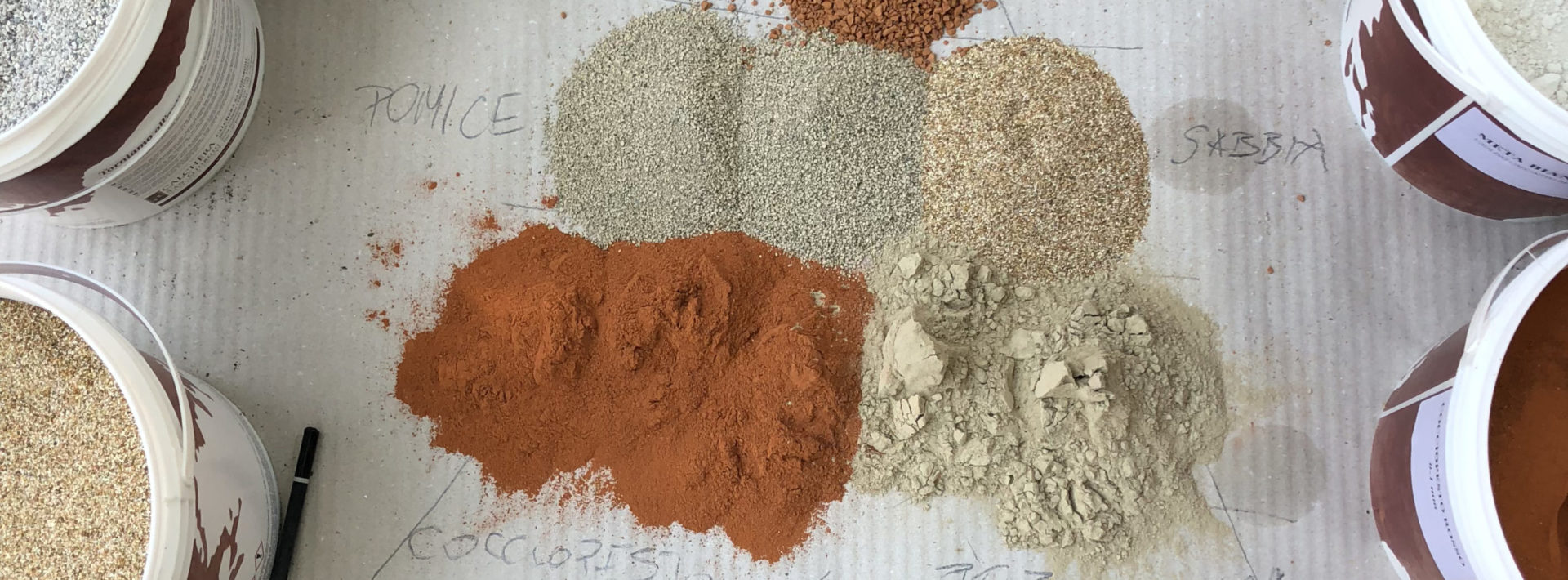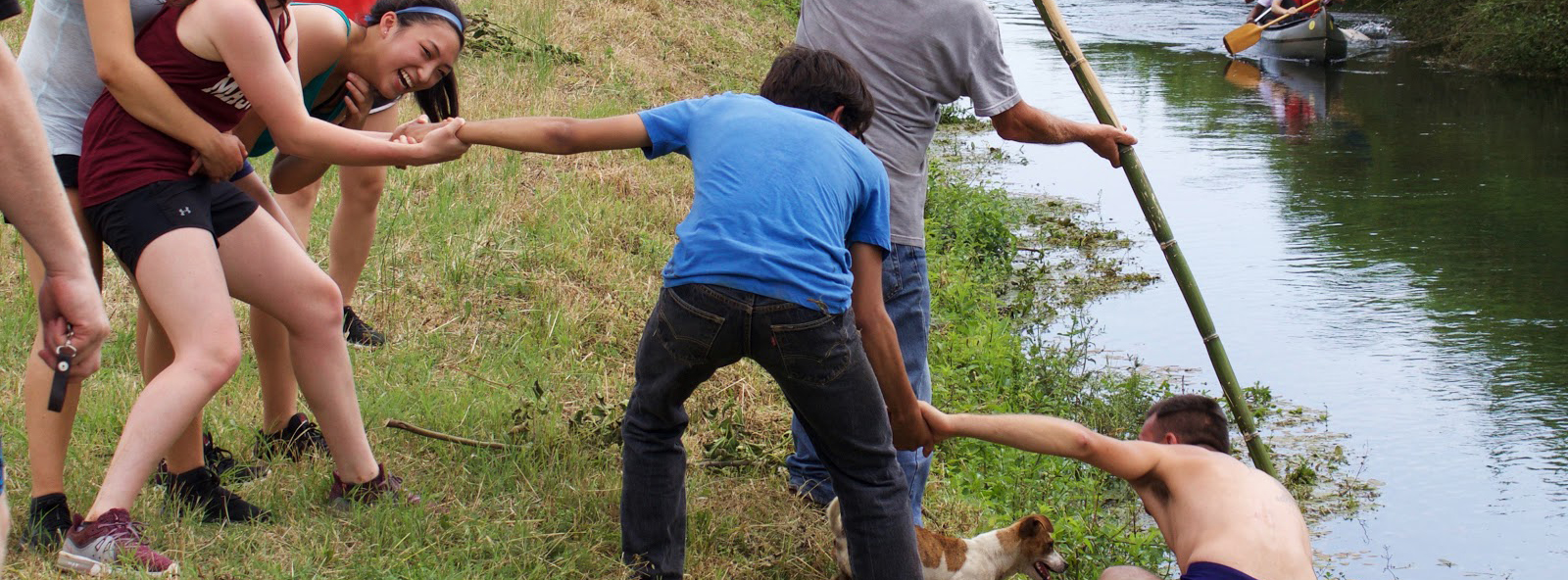ONE-MA3 2018: Aqua Claudia and Aqua Anio Novus

By Rachel Weissman ’21
This morning we traveled to the Parco Degli Acquedotti. This park, located 9km outside of Rome, contains the largest collection of intact Roman aqueducts. As we walked around the sunny park, archeologist Duncan Keenan-Jones delivered a lecture on Roman aqueducts and modern archeology techniques for studying how these water systems operated in Ancient Rome.
The City of Rome was founded in 6th century BC, although there is evidence of smaller settlements in the area before the Romans arrived. Starting in 312 BC, eleven aqueducts were built in this area. Today, we got see six of them. Although not fully intact, large parts of these aqueducts remain standing above ground, while other sections run beneath the city. These aqueducts supplied water to public fountains and the homes of the rich and elite in the city of Rome.
Specifically, we looked at two aqueducts, Aqua Claudia and Aqua Anio Novus, that we will be working to digitally reconstruct and analyze tomorrow. These two aqueducts were built under emperor Caligula and completed and dedicated by emperor Claudio in the first century A.D. Aqua Anio Novus is built directly on top of Aqua Claudia, creating a two-tiered aqueduct that brought water from the Aniene River to Rome. Later Emperor Trajan diverted the source of the aqueducts to a dammed lake created by the Emperor Nero for his villa Subiaco. The water coming from lake was cleaner as the slower velocity of water allowed more sediments to fall to the earth.

Aqua Claudia

Details inside Aqua Anio Novus
The aqueduct was built mainly of tuff, a rock made of volcanic ash. As the water tumbled through the aqueduct and released CO2 into the air, it also left behind calcium carbonate deposits from the limestone where the water originated. These deposits allow us to study the perimeter, depth, and composition of the water that flowed into Rome. The deposits are left in wave -like patterns and using this wavelength we can then calculate the velocity and flow rate of Rome’s water supply. This can help us understand the historic infrastructure systems of ancient Rome and the daily lives of the Romans.

Surprise visit from a heard of sheep in the park
In the afternoon we went to the river Aniene before returning to the castle. We ended the day with an auspicious double rainbow, hopefully bringing good luck for tomorrow’s day of aqueduct work.

Ending the day with a sunset
This summer, Professor Admir Masic is leading a program on Materials in Art, Archaeology and Architecture (ONE-MA3), in which MIT undergraduates are conducting three weeks of fieldwork in Privernum, Pompeii and Turin as a prerequisite for the Fall 2018 MIT course, 1.057 Heritage Science and Technology. The program involves real-world analysis of ancient infrastructures and materials and focus on teaching ways to improve sustainability of the future through the study of ancient successes.



